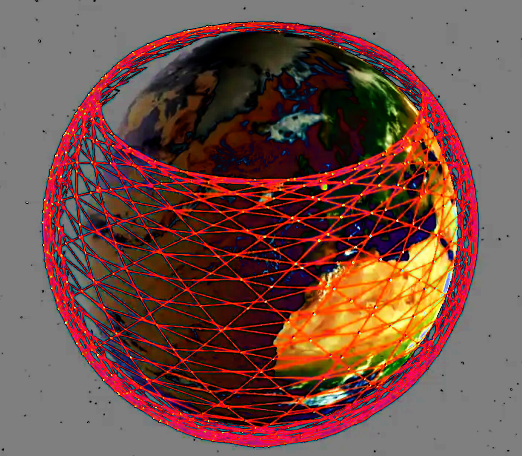New centre for satellite silence
 Astronomists are coming together to fight the scourge of satellite pollution.
Astronomists are coming together to fight the scourge of satellite pollution.
The International Astronomical Union announced the selection of the SKA Observatory (SKAO; a joint telescope project in Australia and South Africa) and NSF’s NOIRLab (the US centre for ground-based optical astronomy) as co-hosts of the new IAU Centre for the Protection of the Dark and Quiet Sky from Satellite Constellation Interference.
The Centre has been set up to coordinate international efforts to help mitigate the negative impact of satellite constellations on ground-based optical and radio astronomy observations as well as humanity’s enjoyment of the night sky.
The number of active satellites orbiting Earth has more than doubled in recent years - growing from around 2,200 2019 to over 5,000 today.
Much of the new technology has been sent up by Starlink - a SpaceX project that aims to provide internet anywhere in the world using ‘mega-constellations’ of satellites.
The Centre for the Protection of the Dark and Quiet Sky from Satellite Constellation Interference has been created on the notion that a dark and radio-quiet sky is not only essential to advancing the understanding of the Universe, but also for the cultural heritage of all humanity and for the protection of nocturnal wildlife.
It brings together astronomers, satellite operators, regulators and the wider community and acts as a bridge between all stakeholders to protect the dark and quiet skies.
The vision of the Centre is to become the leading voice for astronomical matters that relate to the protection of the dark and quiet sky from satellite constellations and to act as a hub of information and resources to which any stakeholder group will be able to contribute and from which they can draw in support of their own activities.







 Print
Print